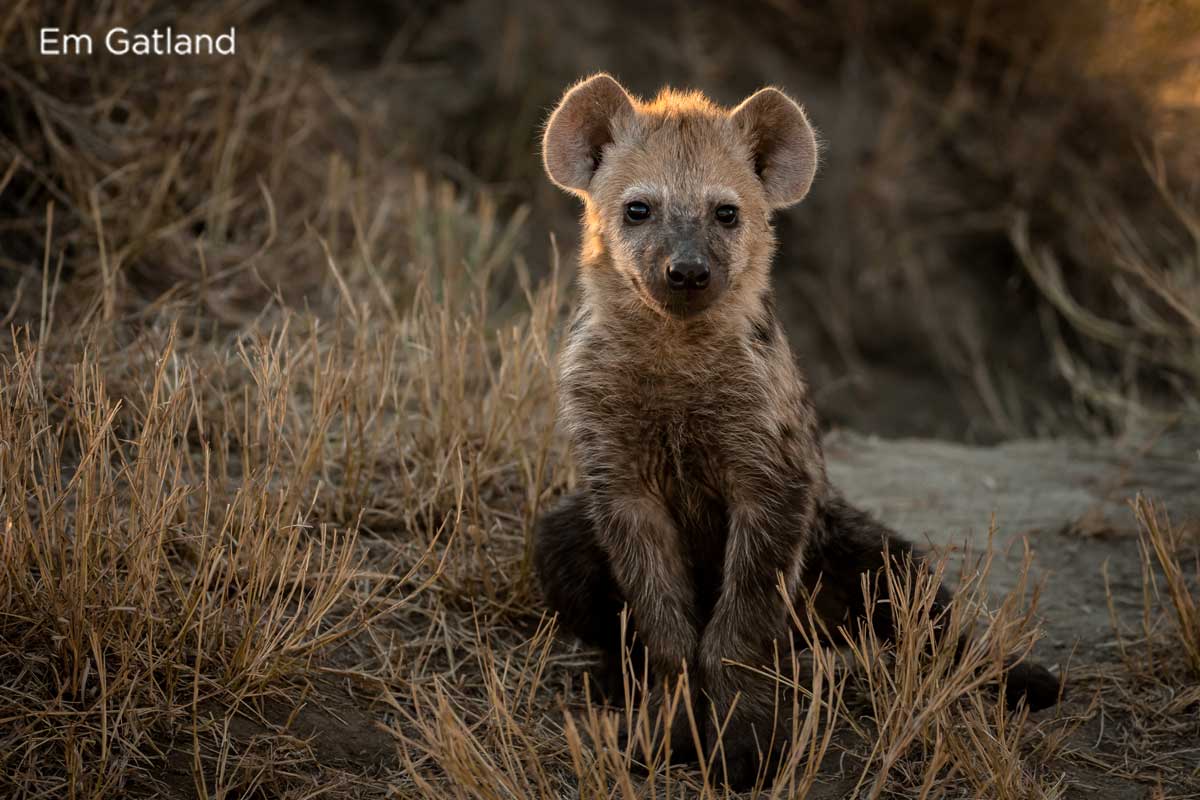The big 5 are the most documented and famous of all the wildlife to spot on safari. They’re pretty, powerful, emotive and have a regal atmosphere about them. But behind the scenes there are ample other species of wildlife vying for a position of favourite sighting, and some of them aren’t the best looking! We refer to these “uglier” animals as the ugly 5. These species have a vital role to play in the wild and their less than pretty looks ensure they have a build and structure adapted to the wild. Below are the species toe look out for the ugly 5 while on safari.
Hyena
Hated by Hemingway, feared by many, but loved by us. We’re referring to the uneven, dishevelled hyena that lopes and skulks its way through the bushveld. Their half-run half-walk makes them appear constantly ashamed and embarrassed, but looks can be deceiving. They’re far from embarrassed. They’re a confident species that will quite eagerly approach a pride of lions during meal time, just to get a free pass to a meal. Truth be told, the hyena is not only a fantastic scavenger but also a rather proficient hunter. Overall, they are successful carnivores and certainly deserve their place in the wild.
The spotted hyena is actually one of the most useful species within a wilderness region, and – together with vultures and marabou storks – form part of the “clean-up crew” of the wild. These are the creatures that remove debris from predator kill sites. Their massive, bone-crushing skulls can grind down bone very quickly and their strong constitution means that any diseased meat is digested easily.
Not only are hyena physically capable of holding their own in the wild, but their social structure is nothing short of fascinating. Clans are dominated by an alpha female and individuals live in a very female dominated society. Clans utilise up to 14 vocalisations to express emotions, with the two most common sounds being the whooping and the laughing.
So yes, NOT the most attractive of species but certainly useful and fascinating.
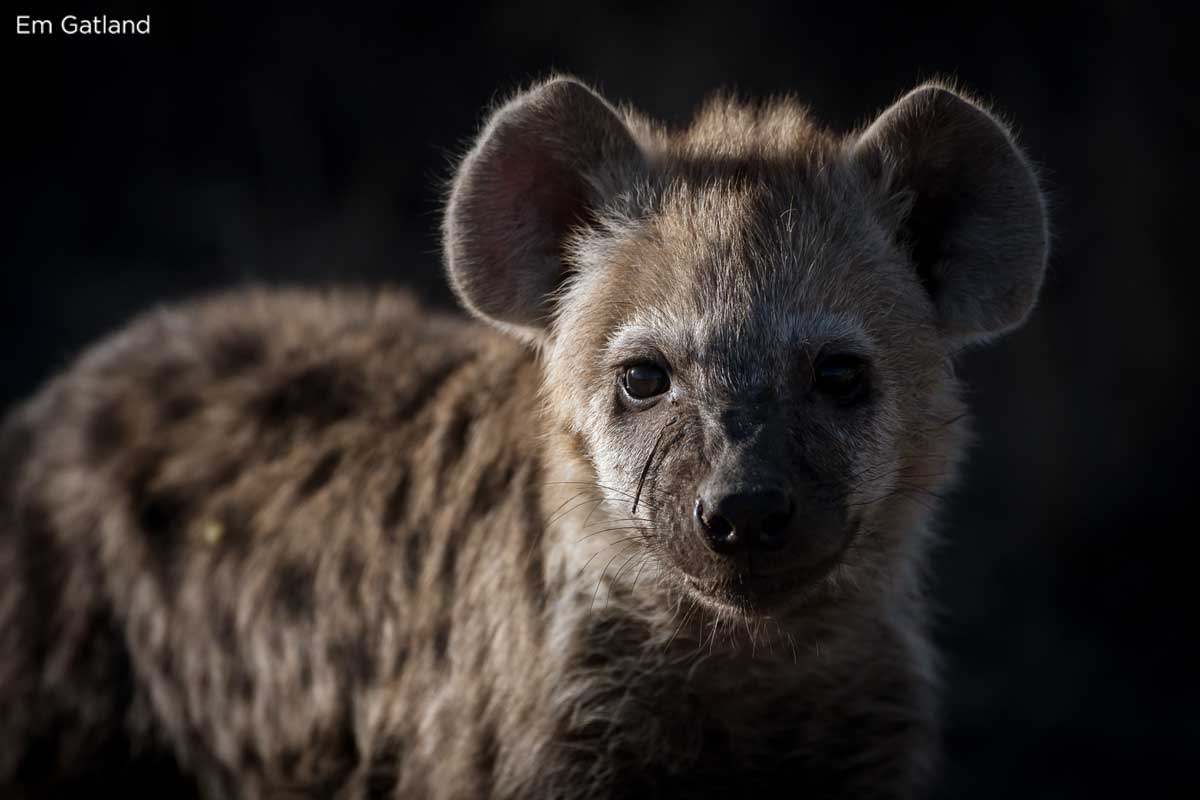
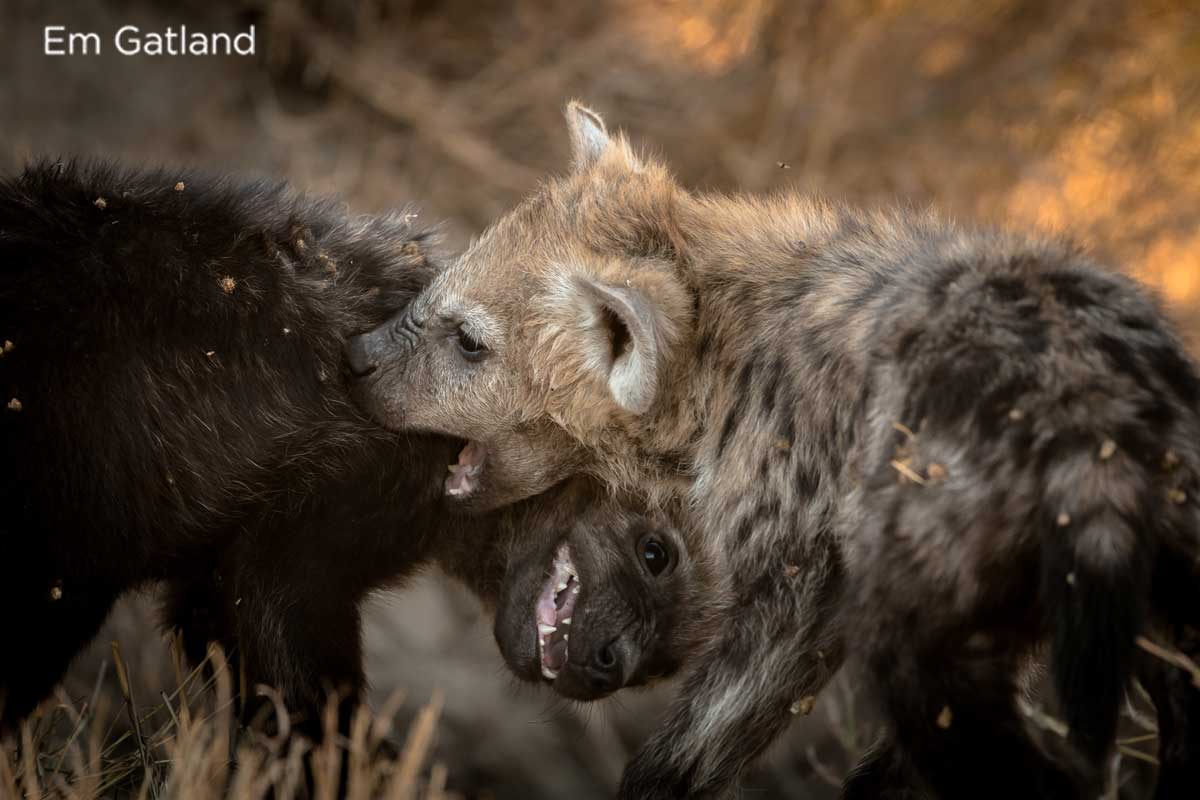
Marabou Stork
The marabou stork has a piercing long bill, balding head and a large black trench coat of feathers covering its body. This species is often mistaken for being a vulture, but it’s actually a stork. However, they have a lot in common with vultures in that they are also meat-loving scavengers. In fact, both marabous and vultures are often seen hovering around a kill site; earning it the nickname the “grim reaper” or even “undertaker”.
Their’s is a diet of scraps and carrion and much like their fellow clean-up members, the marabou is responsible for helping to rid a reserve of potential disease. Marabou storks will eat absolutely anything and are often spotted prancing around massive garbage dumps in city centres in certain African countries.
Let’s face it, the marabou stork is completely strange and ugly, but it’s body is adapted to the function it performs in the wild. Because it is a scavenger and constantly has its head buried in a carcass or garbage, it cannot have beautiful feather crowns and plumes. Could you imagine the crimson matted mess?!
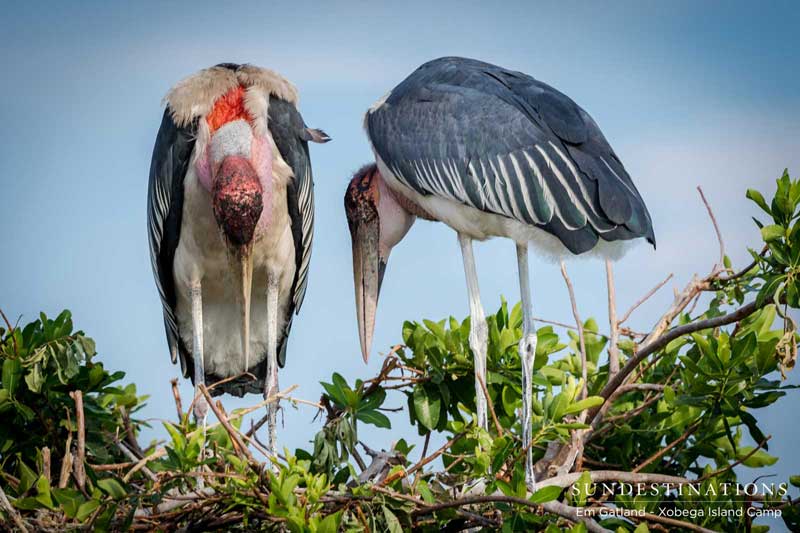
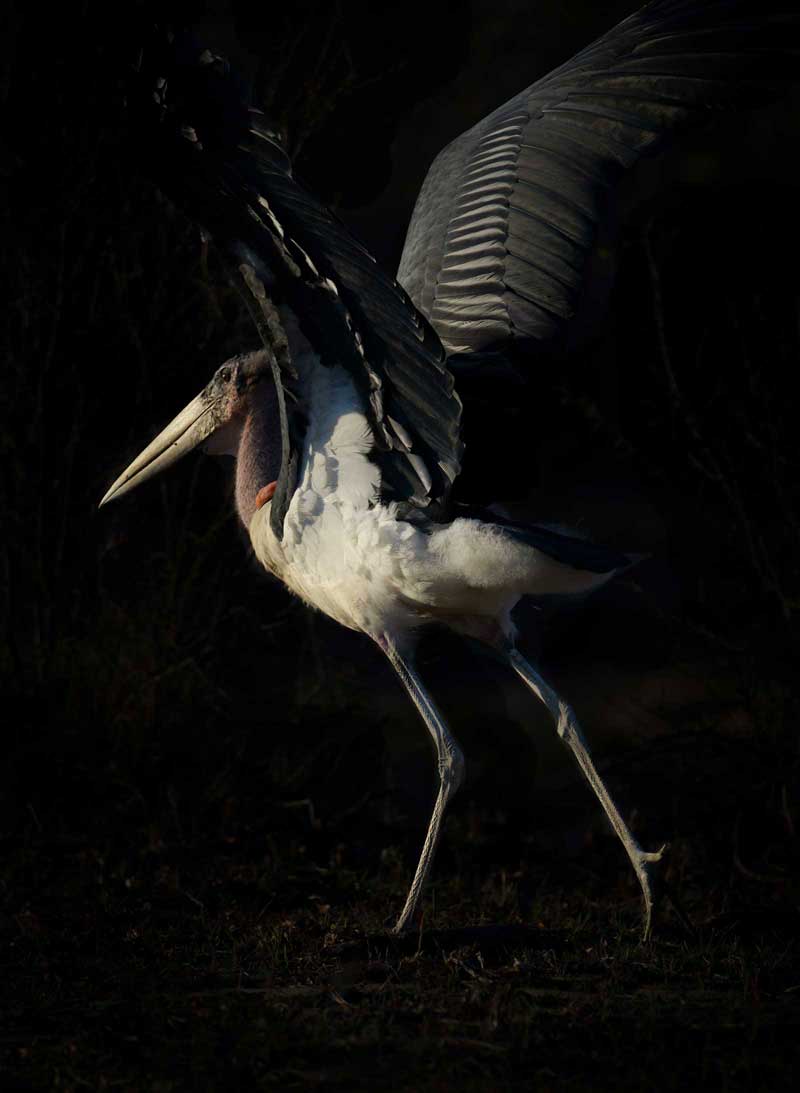
Vultures
Vultures are actually incredible birds of prey. Granted, they’re not oozing the colourful charm of genteel passerines and don’t possess the elegance of waders, but vultures are certainly one of the most interesting species in the animal kingdom. And they’re the third species that forms part of the clean-up crew.
Did you know that at a kill site there are various species of vulture present, and each one has a role to play in the devouring of a carcass? The old world white-backed vultures are the loudest and most comical. The dance around the site of a carcass, waiting to access their portion of a meal. Although they’re the first to arrive at a kill site, they often have to wait for the aggressive and powerful lappet-face vulture to arrive.
The lappet-faced vulture has a razor sharp, powerful beak that can easily shred through skin and fur. The white-backeds often wait for the lappets to rip apart the tough parts of the carcass so that they can access the juicy bits inside. However, even a kettle of white-backed vultures will cede a carcass to a lappet faced vulture because of the sheer power of this scavenging bird of prey. The white-headed vulture is one of the ones in the background and often hangs around the periphery of a kill site feeding off small scraps strewn their way.
Vultures are hardly graceful, and won’t qualify as a ramp models but are probably one of the most fascinating species of bird in the bushveld.
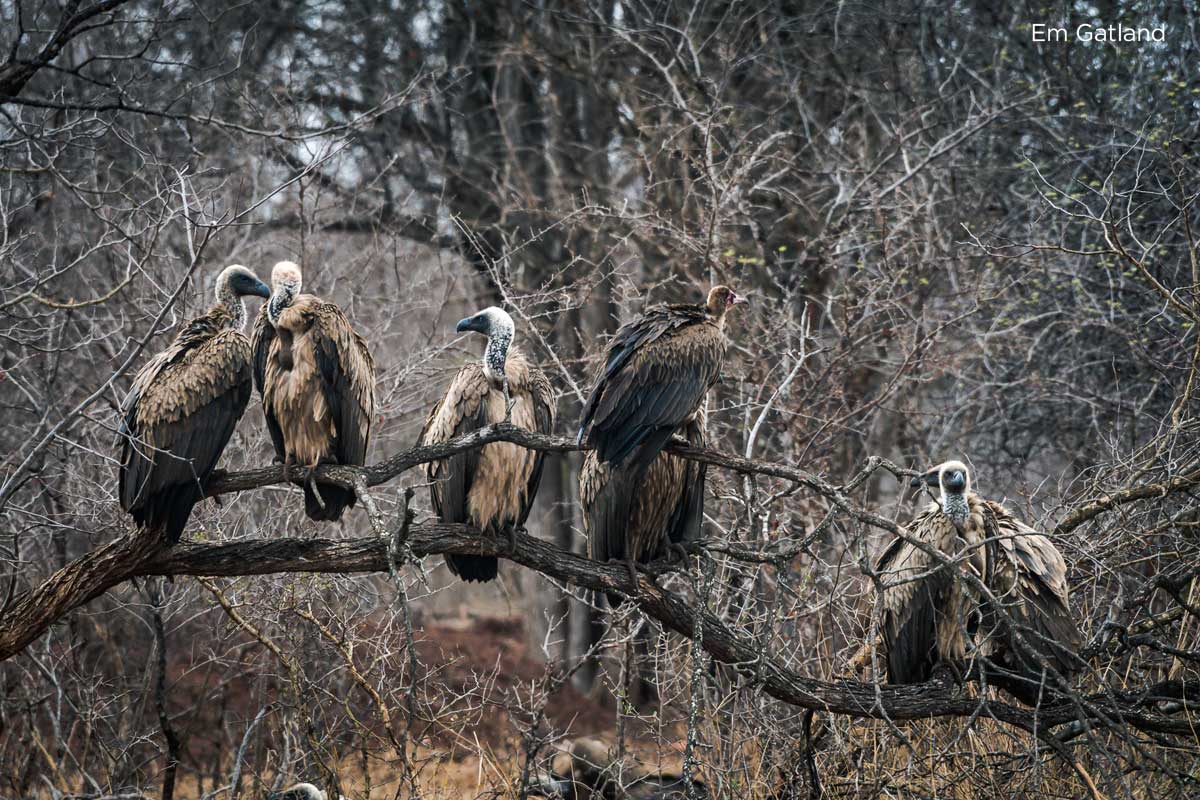
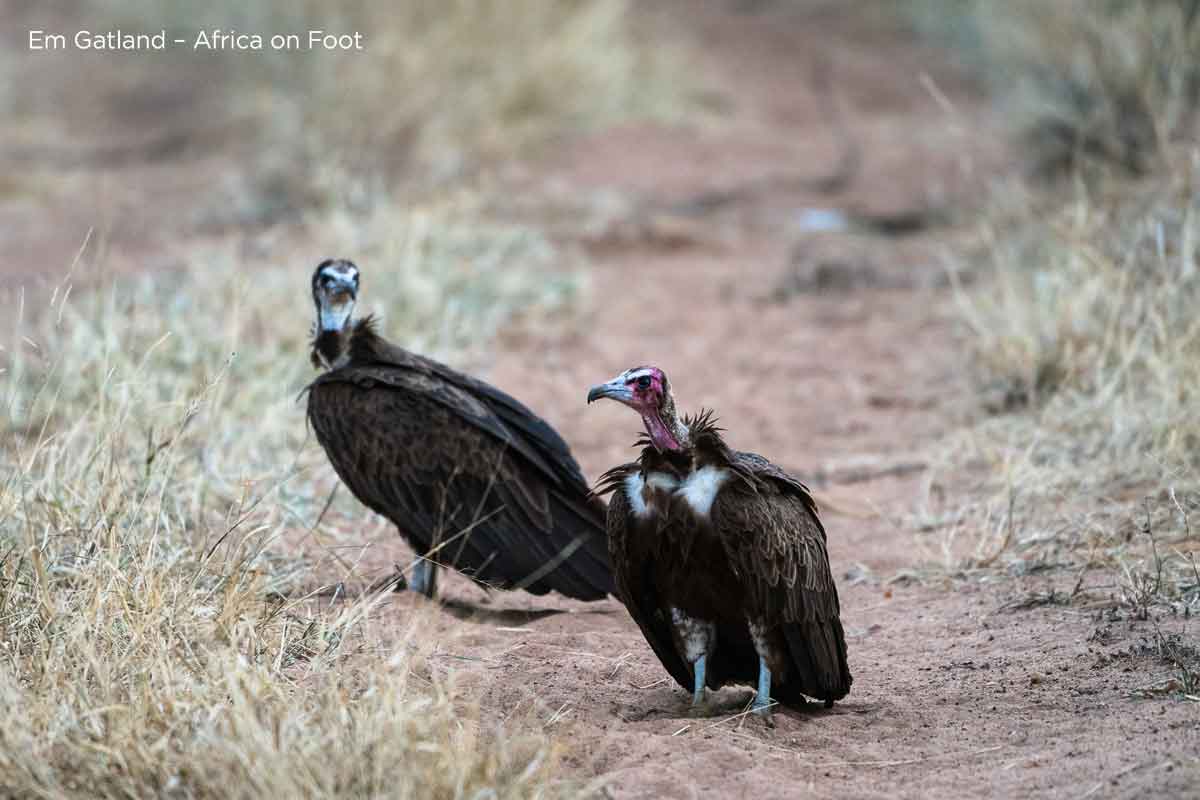
Wildebeest
Ah the wildebeest. A dust kicking, strange looking ungulate that looks like its been constructed from a variety of animal parts. The wildebeest is otherwise known as the gnu and its presence is widespread through southern Africa. Despite being throw into the “Ugly 5” category, these herd still managed to draw in a crowd!The annual wildebeest migration in the Serengeti attracts plenty of attention. Its the time of year when the herds start their seasonal migration in search of food and water sources, covering thousand of miles of wilderness. These grazers seek out short, sweet grasses and need to drink water every couple of days.
Wildebeest live in herds because they are massive targets for predators. During the annual migration, you will actually see a massive increase in predator sightings !
Another fun fact? Dominant male wildebeest show off to their female counterparts by engaging in all sorts of antics to impress their females! This clown-like behaviour is amusing and a far cry from the elegant dances that some species perform to impress their mate!

Warthog
The commonly spotted warthog certainly falls into the weird-cute looking category. Their rough skinned bodies dotted with coarse hair, unsightly tusks, warts on their face and alert tails make them adorably ugly. The name “warthog” comes from the warts/nodules on the side of their face which actually protect their skull when they fight for dominance. Males have two warts, which would make sense given that they tend to fight more.
Did you know that when warthogs leave their burrow, they do so at high speed? They have a target on their back, and this is why they constantly dart everywhere. They certainly aren’t afraid of a fight and will use their lower canines in battle. These canines look like tusks and are also used for digging.


